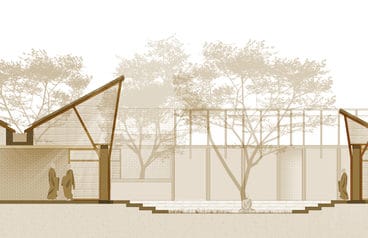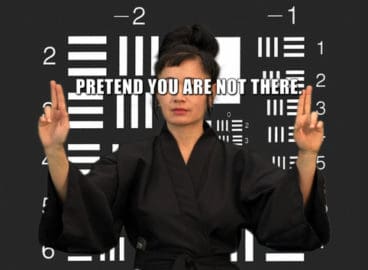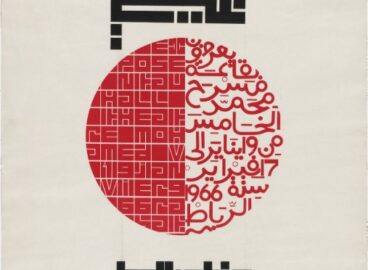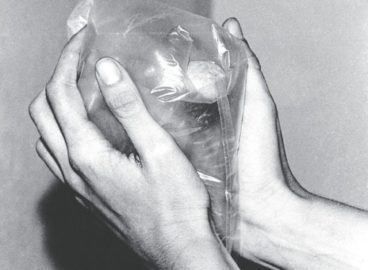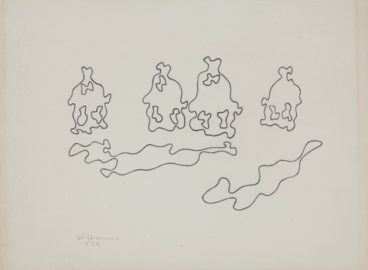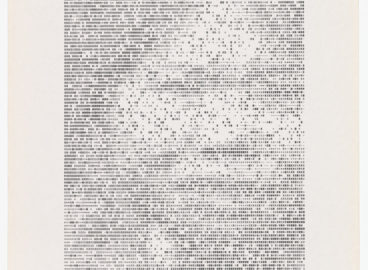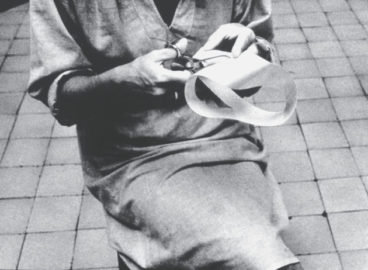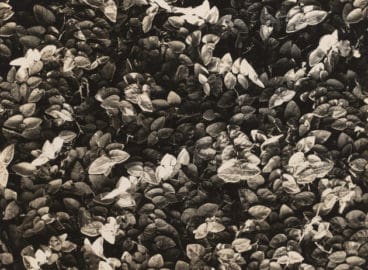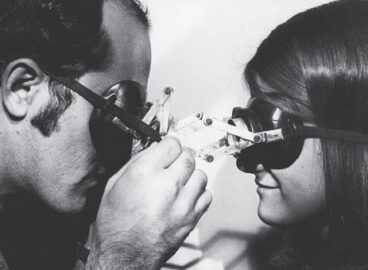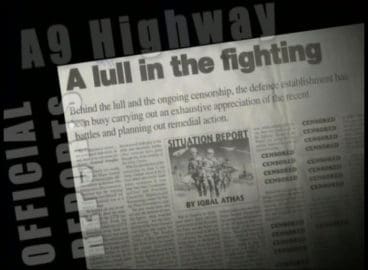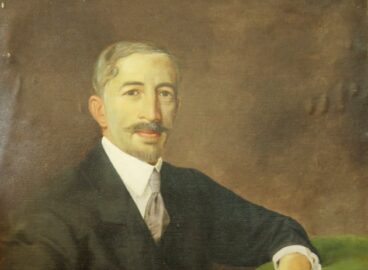Conversation: Sameep Padora with Prajna Desai
The recent documentary “Reading Architecture” (2017) explores the contemporary history of design in India across five practices in Mumbai. Sameep Padora, one of five featured architects, is the founder of Sameep Padora & Associates (sP+a), a Mumbai (India) based architecture studio. In 2016, he initiated sPare, a research arm of the studio.
